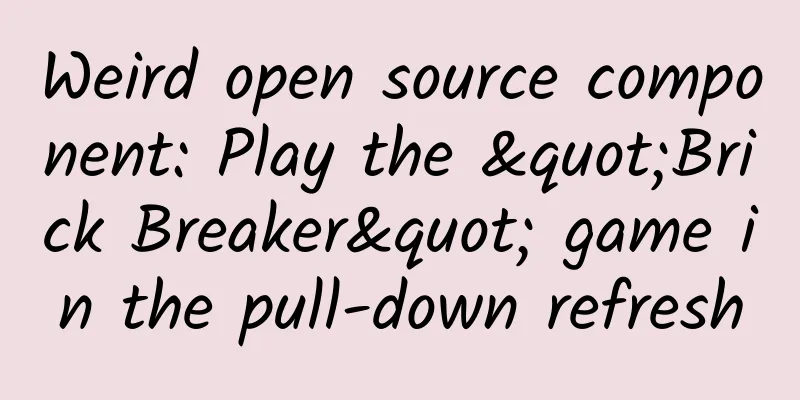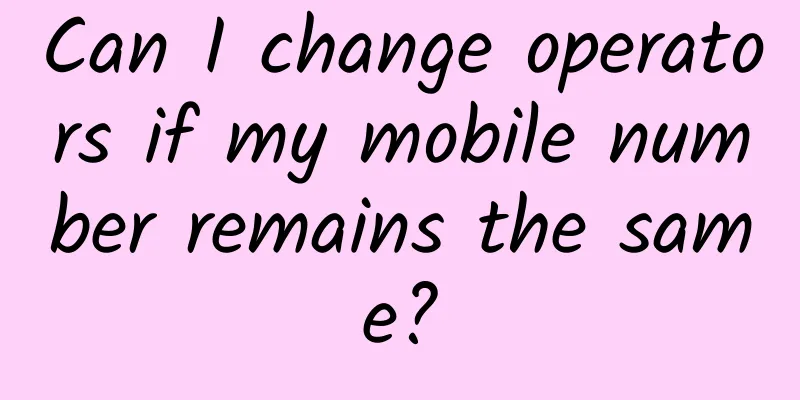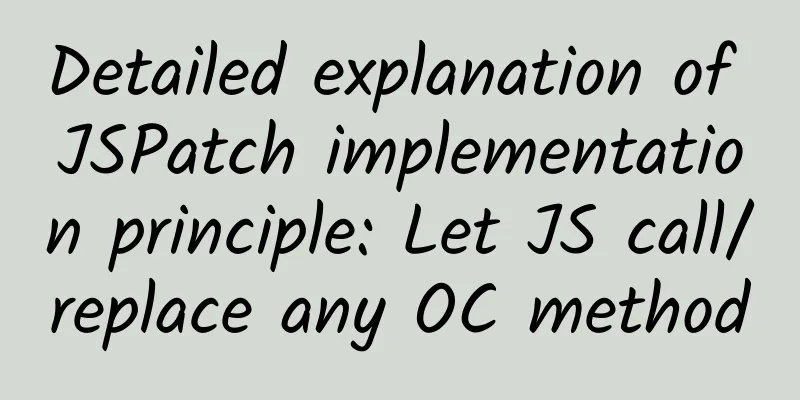Winning in design, high-end and classy or low-key and luxurious with connotation – iteration vs. planning

|
Mobile game design concepts typically follow two basic schools of design philosophy:
Generally speaking, iterative design designers usually come from the PC field. They often pre-sell one-time paid games with high entertainment value. There are also game practitioners who come from the design of casual games and use iterative methods to design games with high retention and low profitability. In my opinion, we have too many people who adopt iteration-based design and continue to do so. These people take the MVP (minimum viable product) view and see the MVP approach as a core, a pillar and a poor excuse for not fully thinking through all the features. People who use this approach often make comments like:
Unfortunately, non-technical people don't understand that game code is not an elastic resource, it's not like building and rebuilding Legos. Unlike Play-Doh, it's hard to make substantial changes without a massive resource drain: because code is relatively inelastic, game code in particular usually involves a lot of hard coding. I'm going to take a slightly extreme view here, and I think that many free-to-play games based on an iterative approach, where mobile game designers are not necessarily suited to the paid model, are dangerous, and can destroy the entire game team due to their inertia. When it comes to developing a viable product, the new mantra in mobile game development should not be focusing on the “Minimum” in “MVP” but something more. Kim's Law: Develop a minimum viable product based on a maximum viable plan. The mobile gaming space is too difficult for those who are not willing to invest the time and effort to think about their designs. I often see the following types of scenarios:
For game designers like the one above, I have the following suggestions:
So how can we design better? In fact, all designs come down to the following key tasks:
Finally, in some cases, an iterative approach makes more sense than a planned approach, such as when you suddenly come up with the key and critical parts of a new game type to try. Furthermore, this is not about big picture planning. You should do as many planning exercises as mentioned above for your game features, game types, goals, etc. So determine the best feasibility plan for your specific situation first, there is no best answer that can answer all situations. But in some cases, you may want to do more planning for the following types of games: More complex: The more complex, interdependent, and systemic it is, the more you need to understand how your features affect other features in the game. More UI: More UI is more complex, but you also have more scenes to put more UI More systems: Generally the more hard code your game has the more systems it has. In many cases with new games, especially like Dota Legends, we see a lot of systems in the game, such as multiplayer PVE and retention-based systems. Graphical overview: When to use iterative design vs. planned design Summarize: I hope this article can help you get more chances of successful products through better planning. Know when to do more planning than iterating. Use the above exercises to reduce iterations during game development and production. Most planning should be done in the early game creation phase, when costs are the highest. |
>>: iOS-CoreLocation: I know where you are!
Recommend
Under what circumstances will the Douyin store deposit be deducted? Why was the Douyin store deposit deducted?
Since the establishment of Douyin store groups, m...
New media operation user growth skills!
Growth is from less to more. The root of all grow...
When is Shanghai expected to be fully unsealed in 2022? When will it end and return to normal? Attached is the latest news on the epidemic!
The epidemic situation in Beijing and Shanghai in ...
Thoughts on creating popular e-commerce products
In June 2020, I came to Shenzhen and started to b...
What did macOS look like more than 20 years ago? You can experience it on your computer
The first time I came into contact with a compute...
Complete PR basics: from 0 to 1, advanced editing master course
PR Video Editing Tutorial Directory Lesson 01 - W...
Teach you step by step how to quickly analyze keyword reports?
In daily life, bidders are often jokingly called ...
Android: An efficient UI is a cool UI (Part 1)
Introduction Android is an operating system that ...
How to plan product selling points to be more attractive?
Let’s first take a look at what a good product ad...
What happened with Remington filing for bankruptcy? Why did Remington file for bankruptcy?
Remington files for bankruptcy Remington, an Amer...
How to quickly build a knowledge system for topic event planning?
Many event operators will painfully discover afte...
Sharing of successful cases of Guangdiantong usage experience and summary of social advertising experience
1. Social advertising helps app growth Only throu...
Is text editor too complicated for iOS app development? Twitter launches open source API
Twitter today announced the launch of an "in...
Liu Yao video collection (17 sets 138.39G)
Liu Yao video collection (17 sets 138.39G) Resour...
User growth and basic process!
However, today's article wants to do one thin...









